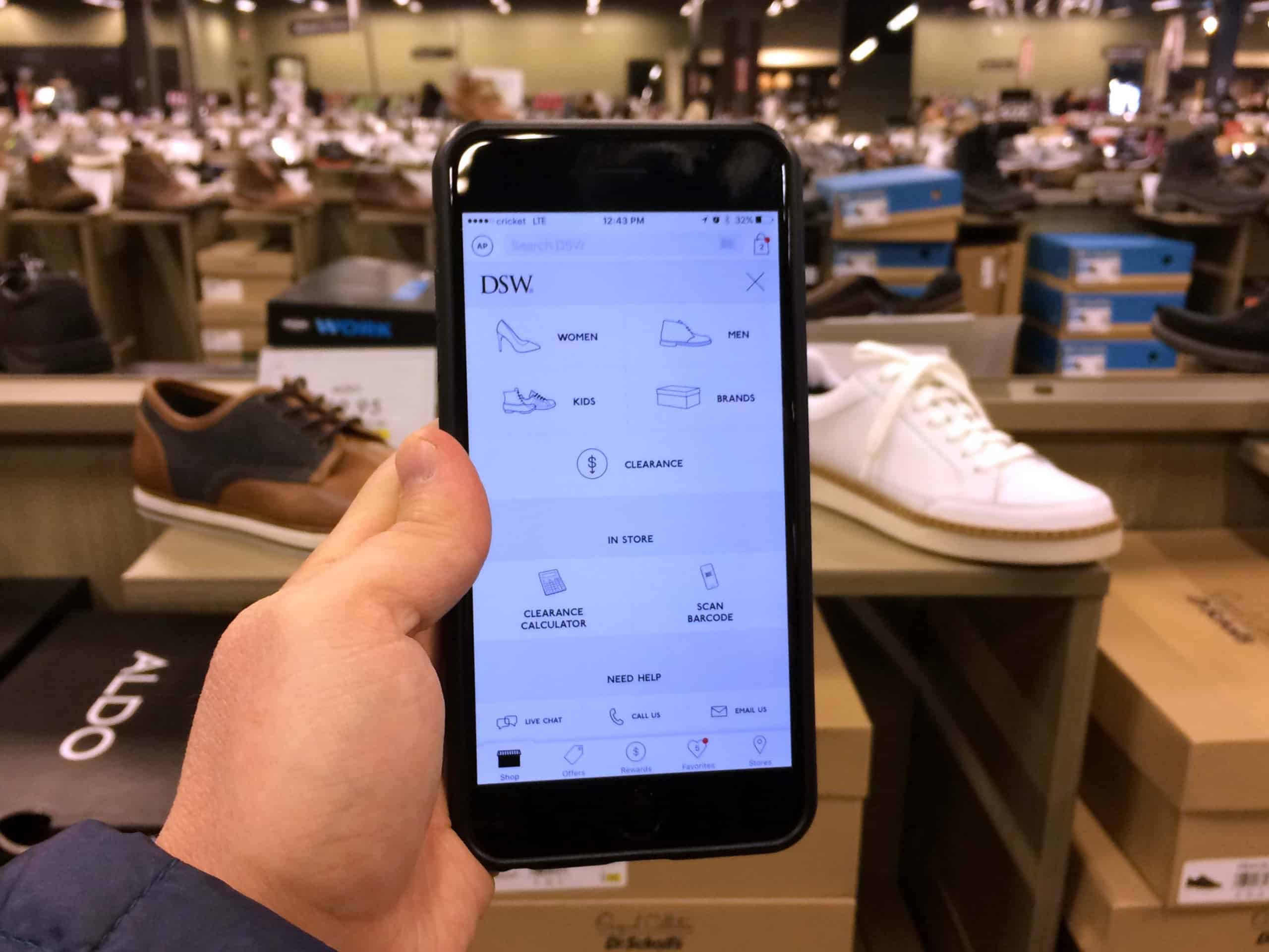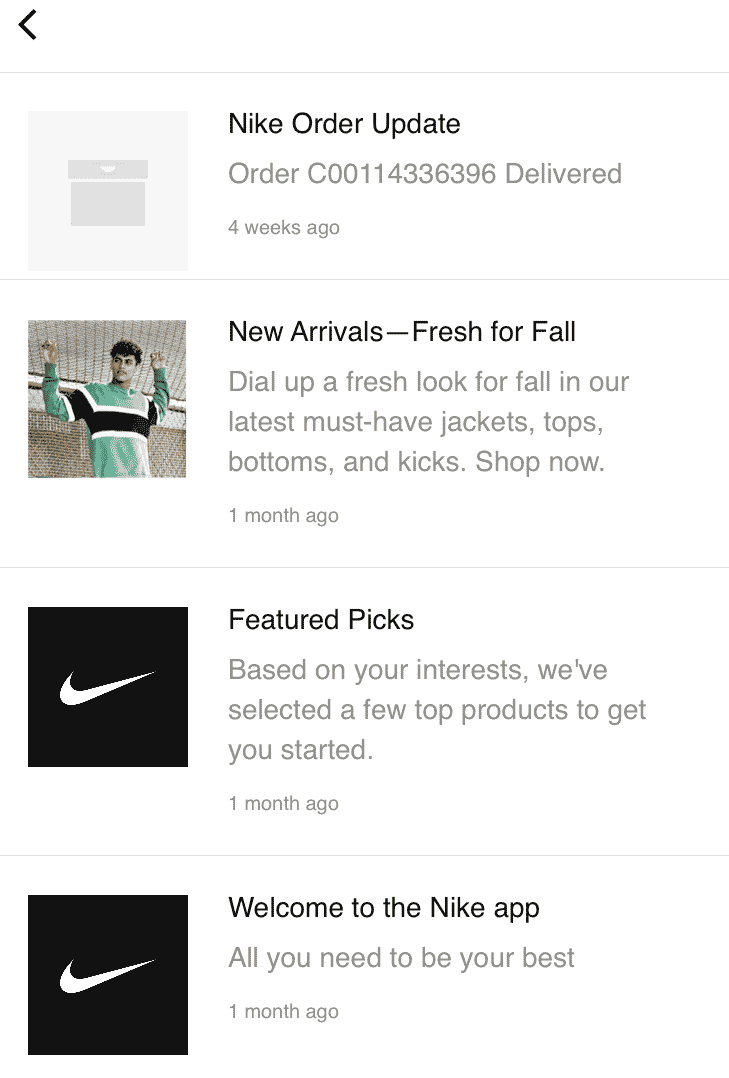Article
Retail Mobile Apps: The Good, the Bad, and the Opportunity
October 14, 2019

There’s no doubt that mobile shoppers are increasingly important to retailers. Last year was a monumental one for mobile commerce, as Americans spent more than $2 billion on their smartphones during Cyber Weekend alone. Yet, when we analyzed the mobile and personalization strategies of more than 250 well-known retailers for our third annual Retail Personalization Index, we were surprised to see that even some of the largest retailers continue to struggle with their mobile strategies.
Some use mobile technologies to make it easier for customers to shop wherever and however they like. Some brick-and-mortar stores are successfully using mobile to improve their in-store experiences. However, others have apps so plagued with ads that they’d be better off using no app at all. And a third group has gone exactly that route: no app at all.
Here’s how we see the good, the bad, and the opportunity of mobile apps for retailers.
The Good
- Apps that function as online stores
The majority of the brands in our study are using apps to replicate their online stores. This is a good start, although it doesn’t really take advantage of mobile’s ability to help retailers connect with customers in a more relevant way. But it does make it easier for customers to shop no matter where they are. It also gives them another way to check in on their orders and to find stores’ physical locations. - Apps that enhance the in-store experience
Using apps to improve a shopper’s experience in a physical store is indicative of strong personalization overall. While just 16% of the 250 retailers we evaluated use a customer’s digital data to enhance the in-store experience, that number is 48% among the top 25. Examples include DSW and Nordstrom using apps in conjunction with beacons. Those retailers can send customers push notifications with a personalized message or offer while they’re shopping in a physical store. For The Home Depot, that means offering a “store mode,” which provides maps and aisle locators to help customers navigate its massive warehouses.

- Apps with non-transactional content or features
Some mobile apps gave users a good reason to log in even when they weren’t immediately interested in buying anything. We found this was most common among fitness apps, from companies such as Nike, Reebok, and Adidas. The apps offered features such as fitness tracking and performance monitoring.
Three-time Index champion Sephora does this as well. Sure, customers can use the app to buy cosmetics. But they can also use it to manage the loyalty program and to learn about new content and community happenings produced by Sephora. If there’s a Sephora event near a shopper, or in an area the shopper frequents, Sephora will send a message to them through the app.
The Bad
- Apps with intrusive advertising
Thankfully, retailers have gotten significantly better about this from our first Retail Personalization Index. Back then, about one in 10 brands littered their apps with pop-ups and interstitials that created a lousy user experience. In many cases, these ads were displayed multiple times per minute and repeatedly interrupted the sign-in process. Now, just one of the retailers we evaluated has an app that contains ads.
- Other common mobile mishaps…of which there were many
However, many of the other mobile misses remain. This means apps that were poorly designed, resulting in a poor user experience. Other apps seem to exist in a vacuum, without a messaging strategy. An app without a messaging strategy is just begging to be ignored. The most effective mobile apps for retailers work in combination with a personalized messaging strategy that reminds retail customers when, where, and how they can be used. Even among the top performing brands, in-app message centers like this one from Nike were exceedingly rare.
The opportunity
- Build an app!
While nearly every brand we evaluated has a mobile-enabled website, only 54% have mobile apps. The largest brick-and-mortar brands, however, invested in mobile apps years ago, and many are currently working on their second or third iteration of their apps. In many cases, brands without apps tended to use wholesalers as their primary distribution channels.
- Integrate communications across channels
Building an app is a great start. But retailers won’t get the most out of those apps until they link their mobile data with what they already know about their customers on other platforms. In many cases, customers shop on mobile but buy on desktop, so it’s important to make sure customer profiles, shopping carts, and preferences stay consistent across platforms. Of the retailers we evaluated, 41% share shopping carts across mobile and web; among the top 25, it’s 88%.
The Retail Personalization Index shows that many retailers – even some of most successful, seemingly digitally savvy ones – are still struggling with their mobile strategies. That’s both a warning sign and an opportunity for brands that understand the mobile shopper and her importance to commerce.
Ready to get a leg up on the competition with your mobile experience, or take steps to further the experience and connect the cross-channel experience? Contact Sailthru to learn how our solutions can help.
The State of Brand Loyalty in the U.S. in 2023
Related




